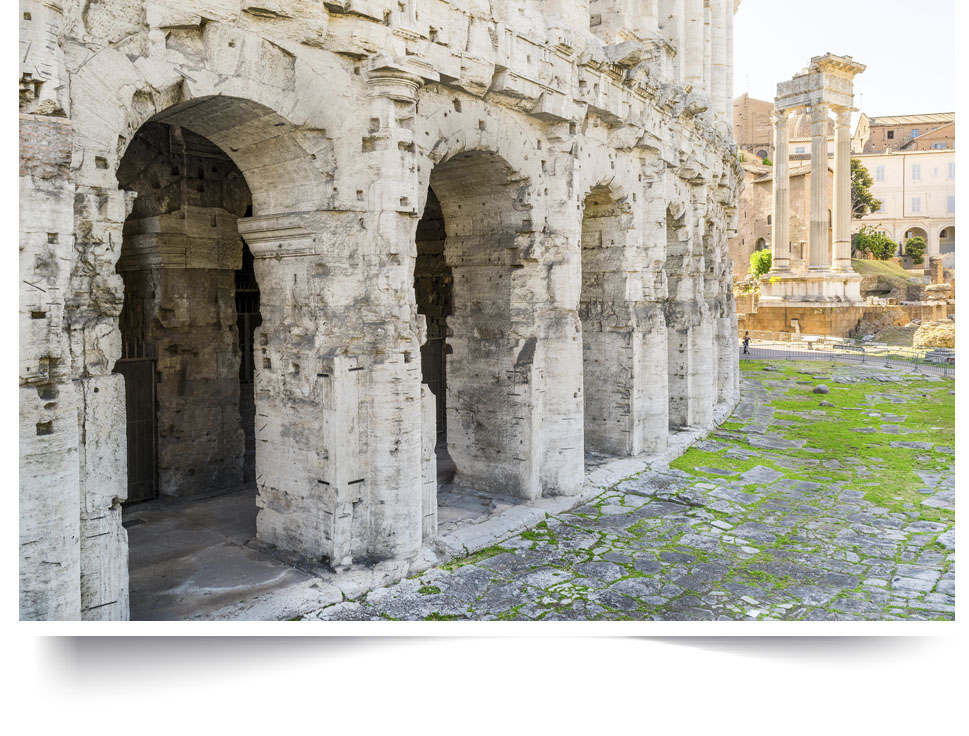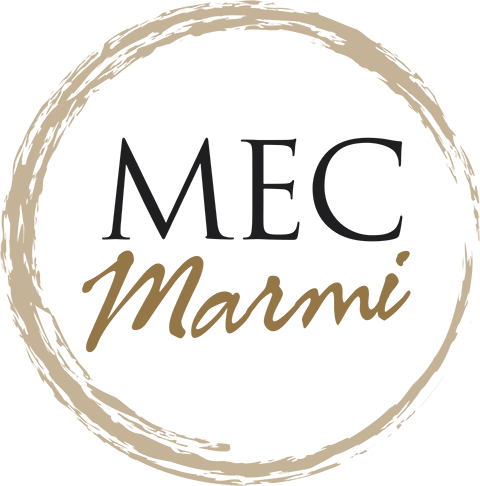Travertine

Why travertine is a millenary stone still used today
Travertine is a durable and resilient material, yet soft enough to work with easily. This unique combination has made it one of the most widely used stones since ancient times. It was particularly beloved by the Roman Empire, where it became the undisputed protagonist of Rome’s iconic architectural works, dating back to the 3rd century B.C.
Travertine is elegant and refined, making it suitable for both modern and classic styles. It is also resistant and compact, symbolizing balance and harmony.
The stone originates from a slow geological process initiated by water circulating both on the surface and underground. Rich in carbon dioxide, the water interacts with calcium carbonate-rich rocks, forming calcium bicarbonate. Under varying environmental conditions, such as changes in temperature and pressure, the calcium bicarbonate decomposes into water, carbon dioxide, and calcium carbonate. This chemical reaction, known as the karst phenomenon, causes calcium carbonate to precipitate and form rock masses. These can reach thicknesses of over 100 meters and stretch across several kilometres, with growth occurring over geologically short periods, sometimes up to a few millimetres each year.

